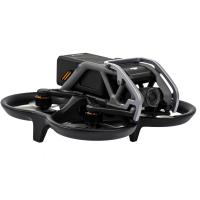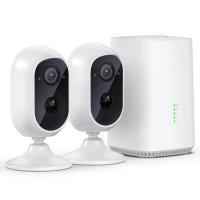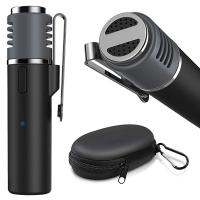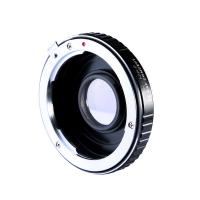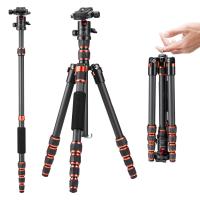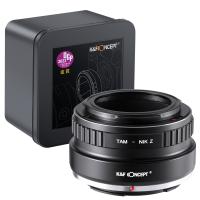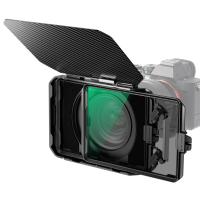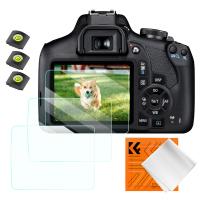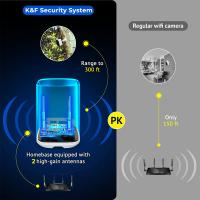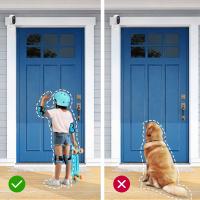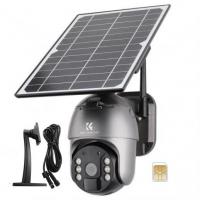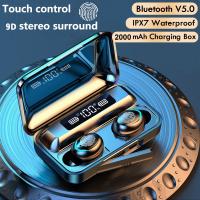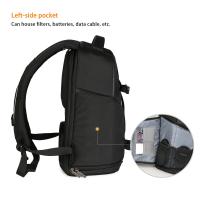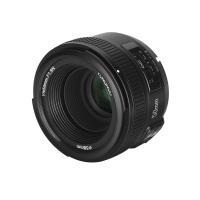How Far Will Wireless Backup Cameras Work?
Wireless backup cameras have become an essential feature for modern vehicles, providing drivers with enhanced safety and convenience. These devices use wireless technology to transmit video signals from the camera mounted at the rear of the vehicle to a display screen, typically located on the dashboard or rearview mirror. One of the most common questions among potential users is, "How far will wireless backup cameras work?" This article aims to address this question comprehensively, exploring the factors that influence the effective range of wireless backup cameras and offering practical advice for maximizing their performance.
Understanding Wireless Backup Camera Technology
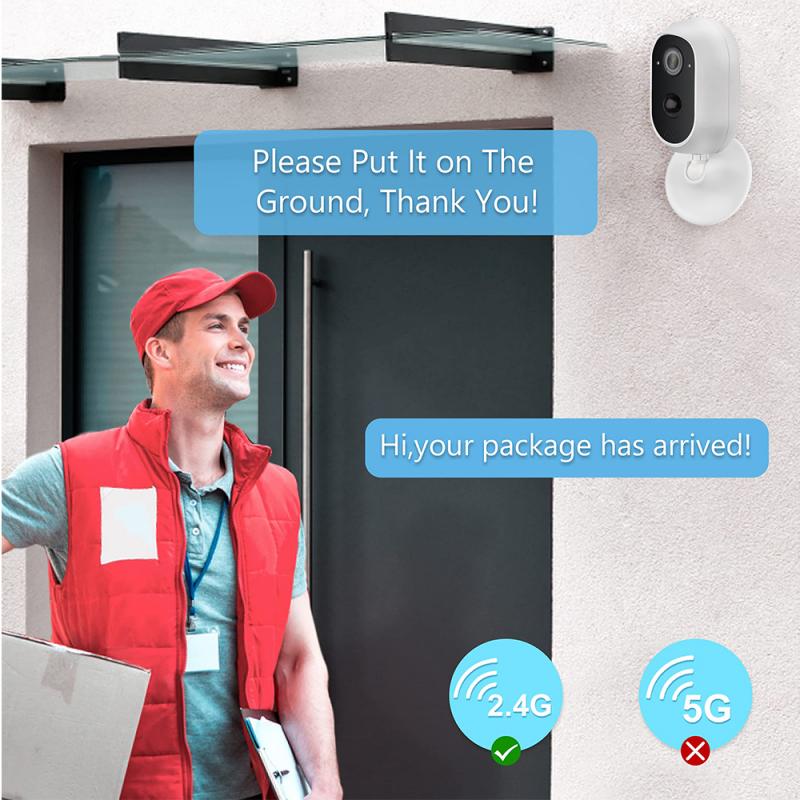
Wireless backup cameras operate using radio frequency (RF) signals to transmit video data from the camera to the display unit. The effective range of these cameras is influenced by several factors, including the type of wireless technology used, the quality of the camera and receiver, and environmental conditions.
Types of Wireless Technology
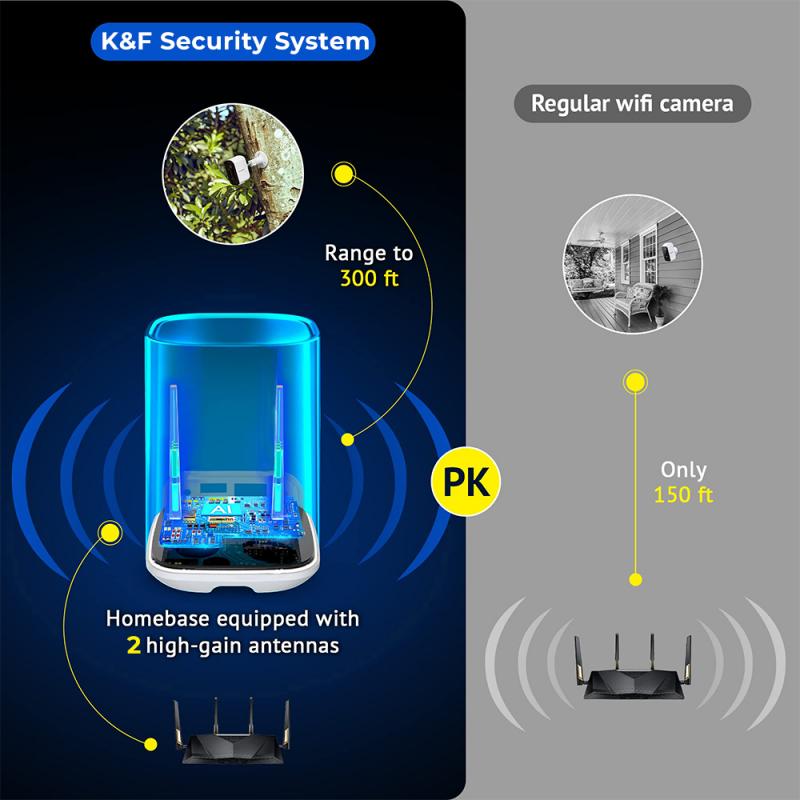
1. Analog Wireless Systems: These systems use traditional RF signals, typically in the 2.4 GHz frequency range. While they are generally more affordable, they are also more susceptible to interference from other electronic devices, such as Wi-Fi routers and Bluetooth devices. The effective range for analog systems is usually around 50 to 100 feet in open spaces, but this can be significantly reduced in environments with many obstacles.
2. Digital Wireless Systems: Digital systems use more advanced technology, often operating in the 5.8 GHz frequency range. These systems offer better signal quality and are less prone to interference. The effective range for digital wireless backup cameras can be up to 300 feet in open spaces, making them a better choice for larger vehicles or those operating in areas with potential signal interference.
Factors Affecting Wireless Backup Camera Range
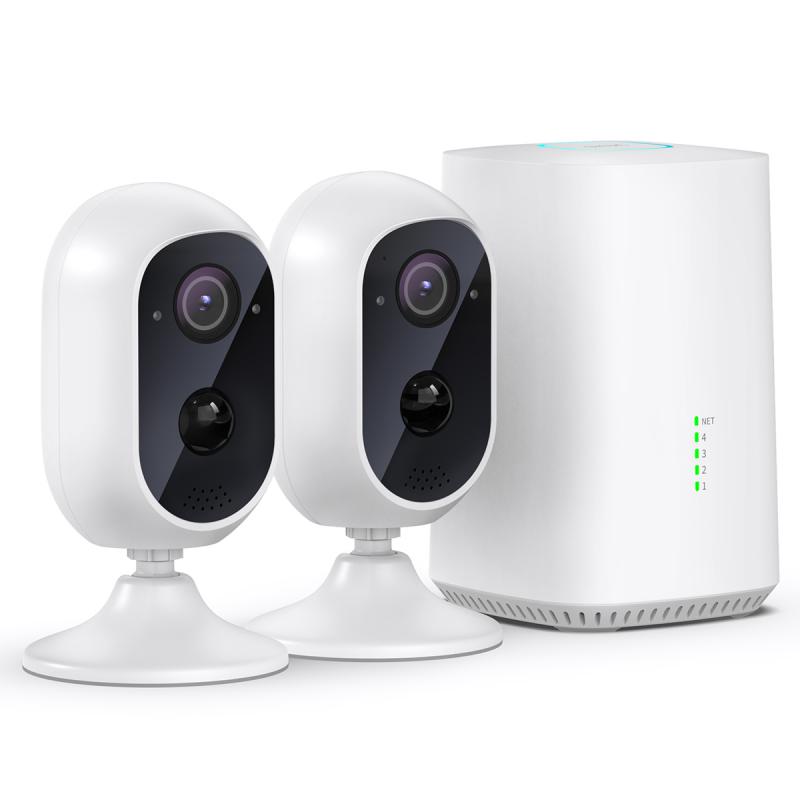
Several factors can influence the effective range of a wireless backup camera, including:
1. Obstacles and Interference: Physical obstacles such as walls, buildings, and even the vehicle's own structure can block or weaken the wireless signal. Additionally, electronic interference from other devices operating on similar frequencies can reduce the effective range.
2. Antenna Quality: The quality and placement of the antennas on both the camera and the receiver play a crucial role in determining the effective range. Higher-quality antennas with better gain can significantly improve signal strength and range.
3. Power Supply: The power supply to the camera and receiver can also impact performance. A stable and sufficient power supply ensures that the devices operate at their optimal capacity, thereby maximizing the effective range.
4. Weather Conditions: Adverse weather conditions, such as heavy rain, snow, or fog, can affect the transmission of wireless signals. While this impact is generally minimal, it can still contribute to a reduction in effective range.
Practical Tips for Maximizing Wireless Backup Camera Range

To ensure that your wireless backup camera operates at its maximum effective range, consider the following practical tips:
1. Optimal Placement: Position the camera and receiver antennas in locations that minimize obstacles and maximize line-of-sight. For example, placing the receiver antenna on the dashboard or rearview mirror can help reduce interference from the vehicle's structure.
2. Upgrade Antennas: If you are experiencing range issues, consider upgrading to higher-quality antennas with better gain. This can significantly improve signal strength and range.
3. Reduce Interference: Identify and minimize sources of electronic interference. This may involve relocating Wi-Fi routers or other electronic devices that operate on similar frequencies.
4. Regular Maintenance: Ensure that the camera and receiver are properly maintained and free from damage. Regularly check the connections and power supply to ensure optimal performance.
5. Weather Protection: While you cannot control the weather, you can take steps to protect your camera from the elements. Ensure that the camera is properly sealed and protected from moisture to prevent any potential signal degradation.
Real-World Applications and Considerations
The effective range of wireless backup cameras is particularly important for certain applications and vehicle types. For example:
1. Large Vehicles: For larger vehicles such as RVs, trucks, and buses, a longer effective range is crucial to ensure that the camera can transmit clear video signals over the greater distance between the rear of the vehicle and the driver's position.
2. Fleet Management: In fleet management scenarios, reliable wireless backup cameras can enhance safety and efficiency. Ensuring that each vehicle in the fleet has a camera with an adequate range can help prevent accidents and improve overall operational effectiveness.
3. Off-Road and Recreational Use: For off-road vehicles and recreational activities, having a wireless backup camera with a robust range can provide added safety and convenience, especially in remote areas where obstacles and environmental conditions may vary.
Wireless backup cameras offer a valuable safety feature for modern vehicles, providing drivers with a clear view of the area behind their vehicle. The effective range of these cameras is influenced by several factors, including the type of wireless technology used, obstacles and interference, antenna quality, power supply, and weather conditions. By understanding these factors and implementing practical tips to maximize performance, users can ensure that their wireless backup cameras operate effectively and reliably.
Whether you are driving a compact car, a large RV, or managing a fleet of vehicles, selecting the right wireless backup camera and optimizing its range can significantly enhance safety and convenience. As technology continues to advance, we can expect further improvements in wireless backup camera performance, making them an even more indispensable tool for drivers everywhere.


